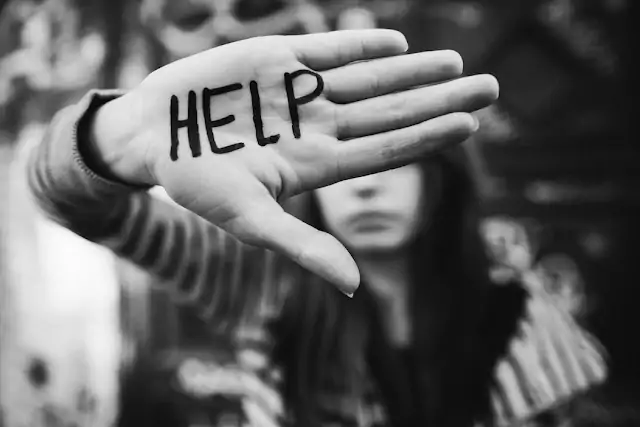Yet, how a person lives with a mental illness can be a sign of mental wellness.
After Diagnosis
After a diagnosis of mental illness, many people, even the one with the illness, want to run for the hills. Mental illness is a scary and misunderstood thing. The diagnosis alone can send friends and family into a tailspin of hopelessness and despair. Once the dust settles however, it is often a freeing experience that allows people to understand their own actions and gives people a sense of control in dealing with their own maladaptive behaviors.
Learning
The first step in dealing with any mental illness is learning about the diagnosis. Mental challenges are no longer the misunderstood freak cases portrayed in the past. It is not recognizable that many folks live very productive lives with mental illnesses. The secret lies in the learning.
The sufferer, family and friends must learn all they can about the illness as well as the latest treatment options available. People must ask questions and honestly assess their ability to cooperate with treatment or if a friend or family member, honestly assess their willingness to offer support.
After the Learning Curve
Once the diagnosis and treatment is analyzed and understood, it becomes incumbent on the client to decide just how much cooperation he is willing to invest in his own wellness. He must ask himself questions. Is he willing to cooperate with all treatment options? Is he willing to commit to medications that may have uncomfortable side effects? Is he willing to admit that he does not have to be a victim of the illness, but rather a cooperator with its control?
Be Prepared for Surprises
In anyone’s life plans can go awry with only slight tremors to change them. Living with a mental illness is no different. Sometimes meds will have to be changed or certain strategies will have to be reexamined. A client must be willing to suffer from setbacks and start over again with new alternatives. A client must also be aware that not all the support he counted on will be there. Friends and family may run away, terrified of the implications of mental illness and this can be a source of great disappointment for the sufferer. It is important to remember that despite all the education provided some people cannot handle the prospect of mental illness and will make snap judgments and turn away from the sufferer.
This is not the patient’s problem or fault. This is the result of gross ignorance on the part of a society that prefers to be ill educated rather than challenged.
Being Successful
Being successful in coping with mental illness does not mean merely fitting in to some kind of social order that is dictated by custom and tradition. The success is in how the client feels about himself and how much of daily life is changed or challenged by the illness. Ninety percent of mentally ill people can live very productive lives in which their illnesses do not interfere with daily functioning. Success is not determined by others perceptions and neither should others perceptions interfere with how the client perceives them self.
Acceptance, Education and Support
Acceptance, education and support are the keys to living a successful life challenged by a mental illness. This must come from both the sufferer and those surrounding him or her. Understanding limitations and encouraging growth can serve to make both the client and family and friends better, stronger and more aware people.
